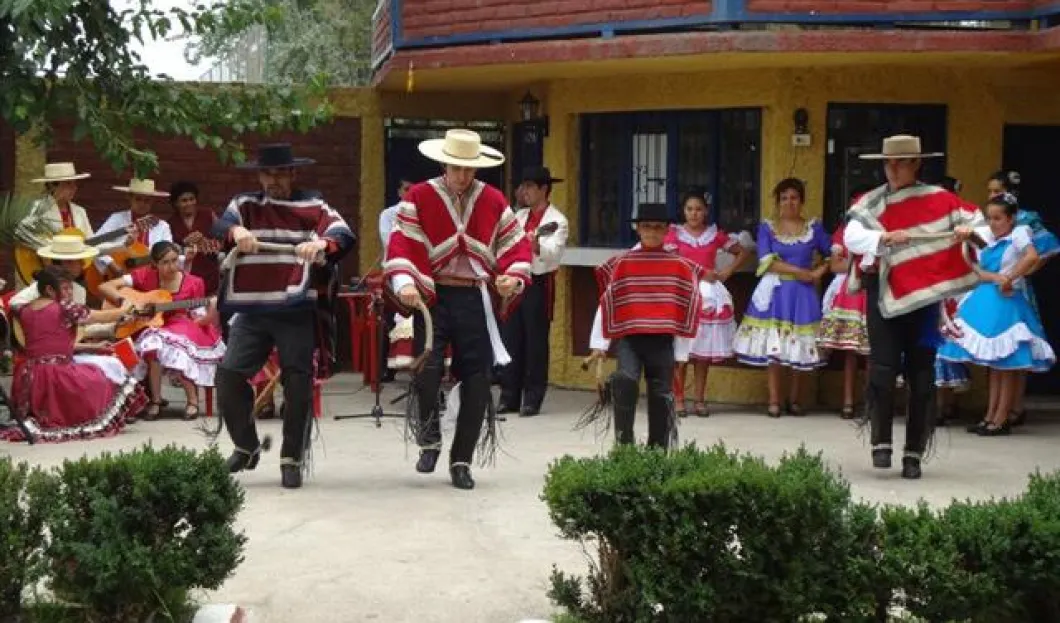
According to a study by SERNATUR, about two in five foreign tourists who entered Chile did so motivated by Chilean culture, heritage, and traditions, and that is why there is a strong urgency in promoting tourism development based on the country’s cultural heritage which has positive effects on cultural development.
For the Sub-secretary of Tourism, Javiera Montes, "Cultural tourism is one of the points on the agenda of our government and this seminar makes it clear that the cultural tourism offered today not only incorporates elements of fun for travelers, but also contains traditional cultural elements, confirming the preservation of historical and cultural heritage of Chile and helps our country to be recognized in the world.” The Sub-secretary of Tourism further stated that cultural tourism in the country, “allows local communities to play a more leading role in creating an attractive tourism industry where the most traditional and popular tourist resources mix with new cultural elements.”
Culture and tourism
According to the Head of the Department of Citizenship and Culture CNCA, Pablo Rojas, “For the National Council for Culture and the Arts, it is very important to recover and safeguard the expressions of intangible cultural heritage and from a tourism standpoint they should focus on being sustainable and on enriching the existing heritage. It is necessary to strengthen interagency partnerships that we have with SERNATUR, Indap, among others, in order to improve the joint work towards enhancing the role of cultural tourism for our country. "
This strengthens the launch of ”Project Plot: Workers' Culture Network,“ an initiative linked to CNCA and born to unite the arts and cultural sector to address the issue of employability and economic sustainability in the Metropolitan areas of Valparaiso, Maule, and Antofagasta. The innovative project is funded by the European Union through its cooperation sector with a total of approximately one million euros and three years for the implementation.
Patrimonial architecture
The director of the School of Tourism DuocUC Monica Sievers said that "this is a niche tourism that seeks the historical background of the country or region. Often what we think is trivial, for the tourist, it is what gives significance to the destination, such as small forgotten manisero boats, or seafood served in multicolored dishes at the side of a fishing cove. We motivate our students and the public to preserve these cultural values,” said the academic.
Similarly, the director called to appreciate the heritage of architecture and artistic content found in Santiago in the San Francisco Church and in the Museum of Memory Centro Gabriela Mistral or (GAM). The same applies to iconic neighborhoods, like Bellavista and Aubrey, among others. She also invited the discussion of Chilian intangible heritage: music, poetry, and oral culture of the country.













